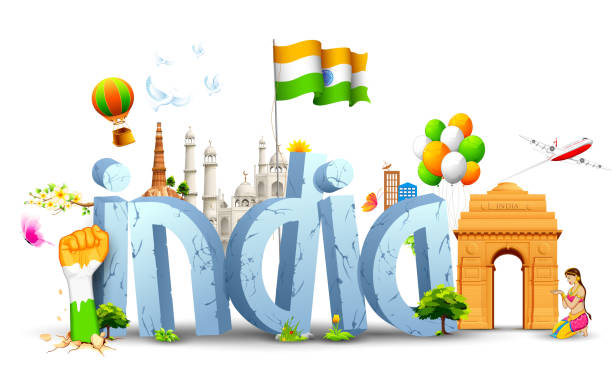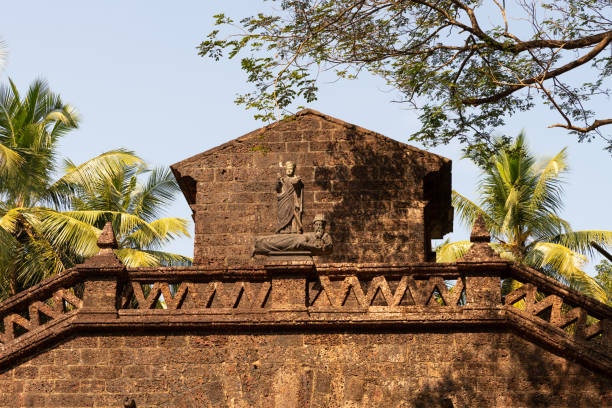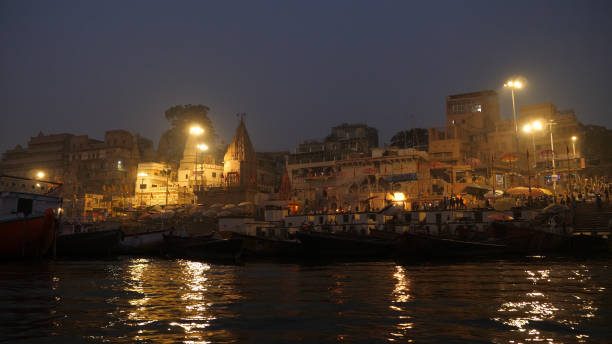The Best Time to Travel in Delhi: A Seasonal Guide to India’s Capital City
Delhi, the vibrant and bustling capital of India, is a city that offers an extraordinary blend of history, culture, and modernity. From its majestic Mughal monuments and sprawling gardens to its lively markets and bustling streets, Delhi has something to offer every traveler. However, the experience of exploring Delhi can vary dramatically depending on when you visit. Understanding the best times to travel in Delhi is crucial to making the most of your trip. This article provides a comprehensive guide to the best time to visit Delhi, including insights into the city’s unique seasons and the best experiences each time of year offers.
1. Understanding Delhi’s Climate: An Overview
Delhi experiences a semi-arid climate characterized by distinct seasons: winter, summer, monsoon, and autumn. Each season offers a different perspective of the city, and knowing what to expect can help you plan your trip more effectively.
- Winter (December to February): Winters in Delhi are cold, with temperatures ranging from 5°C to 20°C (41°F to 68°F). The mornings and evenings can be chilly, with fog often enveloping the city in December and January. However, the afternoons are generally pleasant, making this a great time to explore the city’s outdoor attractions.
- Summer (April to June): Summers in Delhi can be scorching, with temperatures soaring to 45°C (113°F) or higher. The dry, hot winds, known as “loo,” can make daytime travel challenging. This is not the most favorable time for tourism, especially for those unaccustomed to intense heat.
- Monsoon (July to September): The monsoon season brings heavy rainfall, which provides a much-needed respite from the summer heat. However, it also brings humidity, waterlogging, and occasional disruptions in transportation. While the rain refreshes the city, it may hinder outdoor activities.
- Autumn (October to November): Autumn in Delhi is a transitional period when the monsoons have receded, and the weather starts to cool down. The days are warm, and the evenings are pleasant, providing ideal conditions for sightseeing and outdoor exploration.
2. The Best Time to Visit Delhi: Autumn and Winter
For most travelers, the best time to visit Delhi is during the autumn (October to November) and winter (December to February) seasons. These months offer the most pleasant weather, making it easier to explore the city’s attractions without the discomfort of extreme heat, humidity, or rain.
A. Autumn (October to November): The Perfect Balance
Autumn is arguably the best time to explore Delhi. With the monsoon rains behind and winter still a few weeks away, the weather is warm but not scorching, and the evenings are comfortably cool. During this period, the city is at its most vibrant and colorful.
Why Visit in Autumn?

- Comfortable Weather: Temperatures range from 20°C to 30°C (68°F to 86°F), providing perfect conditions for walking tours, market visits, and exploring Delhi’s gardens and parks.
- Festive Atmosphere: This is the season of festivals in Delhi. Celebrations like Diwali, the Festival of Lights, light up the city with a magical glow, while Dussehra, which celebrates the victory of good over evil, adds a cultural depth to the city’s ambiance. Experiencing these festivals offers a unique insight into Delhi’s rich cultural tapestry.
- Clear Skies and Cleaner Air: The end of the monsoon means clear skies, making it an ideal time for photography and outdoor sightseeing. The air quality is also generally better compared to the post-Diwali period.
- Key Attractions to Visit: During autumn, you can comfortably visit Delhi’s iconic landmarks such as the Red Fort, Humayun’s Tomb, Qutub Minar, and India Gate. Enjoy a stroll through the Mughal Gardens, Lodhi Gardens, or the serene grounds of the Lotus Temple.
B. Winter (December to February): Cool and Comfortable
Winter is another excellent time to visit Delhi, especially for travelers who prefer cooler temperatures. The days are generally mild, and the nights can get quite cold, creating an atmosphere that is quite different from the rest of the year.
Why Visit in Winter?

- Mild Daytime Temperatures: Daytime temperatures range from 15°C to 20°C (59°F to 68°F), which is ideal for sightseeing, shopping, and outdoor activities. You can explore the historic sites and vibrant markets without breaking a sweat.
- Romantic Foggy Mornings: While the dense fog that occasionally covers Delhi in the early mornings can delay flights and trains, it also adds a mystical charm to the city’s monuments and landscapes.
- Festive Events: The winter season hosts several cultural events and festivals, including the Republic Day Parade on January 26th, which is a grand display of India’s military strength and cultural diversity. Additionally, the Delhi International Arts Festival and various food festivals take place during this time, adding cultural flavor to your visit.
- Key Attractions to Visit: During winter, places like Chandni Chowk, India Gate, Rajpath, Jama Masjid, and the bustling markets like Sarojini Nagar and Dilli Haat are great to explore. You can also enjoy a rickshaw ride in Old Delhi or a food walk to savor Delhi’s famous street food.
3. Lesser-Favorable Times to Visit: Summer and Monsoon
While every season has its own unique charm, summer and monsoon are generally considered less favorable times to visit Delhi due to extreme weather conditions.
A. Summer (April to June): Heat and Dust

Summer in Delhi is intense, with temperatures often crossing 40°C (104°F) and reaching up to 45°C (113°F) in peak months. The heat can make it challenging for tourists, especially those not accustomed to such high temperatures.
Challenges of Visiting in Summer:
- Extreme Heat: The dry heat and “loo” winds can make outdoor sightseeing uncomfortable. Sunstroke and dehydration are real concerns.
- Limited Outdoor Activities: Due to the harsh sun, most outdoor attractions are best visited early in the morning or late in the evening.
- Key Attractions to Visit: If you find yourself in Delhi during the summer, focus on indoor attractions like museums (National Museum, National Gallery of Modern Art), temples (Akshardham, Lotus Temple), and air-conditioned shopping malls.
B. Monsoon (July to September): Rain and Humidity
The monsoon season in Delhi brings relief from the summer heat, but the city often experiences heavy rainfall, which can lead to waterlogging and increased humidity levels.
Challenges of Visiting in Monsoon:

- Unpredictable Weather: Rain can be sporadic and heavy, disrupting plans for outdoor sightseeing and activities.
- High Humidity: The increased humidity can make walking around the city uncomfortable, especially in crowded markets.
- Key Attractions to Visit: During the monsoon, indoor attractions like the Rail Museum, art galleries, and cultural centers are more favorable. The lush greenery of Delhi’s parks, like the Garden of Five Senses, is also refreshing during this time.
4. Conclusion: Choose the Best Time for Your Delhi Adventure

Delhi, with its rich history, cultural diversity, and vibrant energy, offers a wealth of experiences for travelers. While each season brings a unique flavor to the city, the best time to visit Delhi for most travelers is during the autumn (October to November) and winter (December to February) seasons. These months provide pleasant weather, clear skies, and an array of cultural festivities that make exploring the city a delightful experience. Whether you’re walking through the ancient lanes of Old Delhi, exploring Mughal-era monuments, or indulging in the city’s famous street food, choosing the right time to visit can make all the difference in your Delhi adventure. So, pack your bags, plan your trip, and get ready to explore the captivating capital of India in all its glory.



